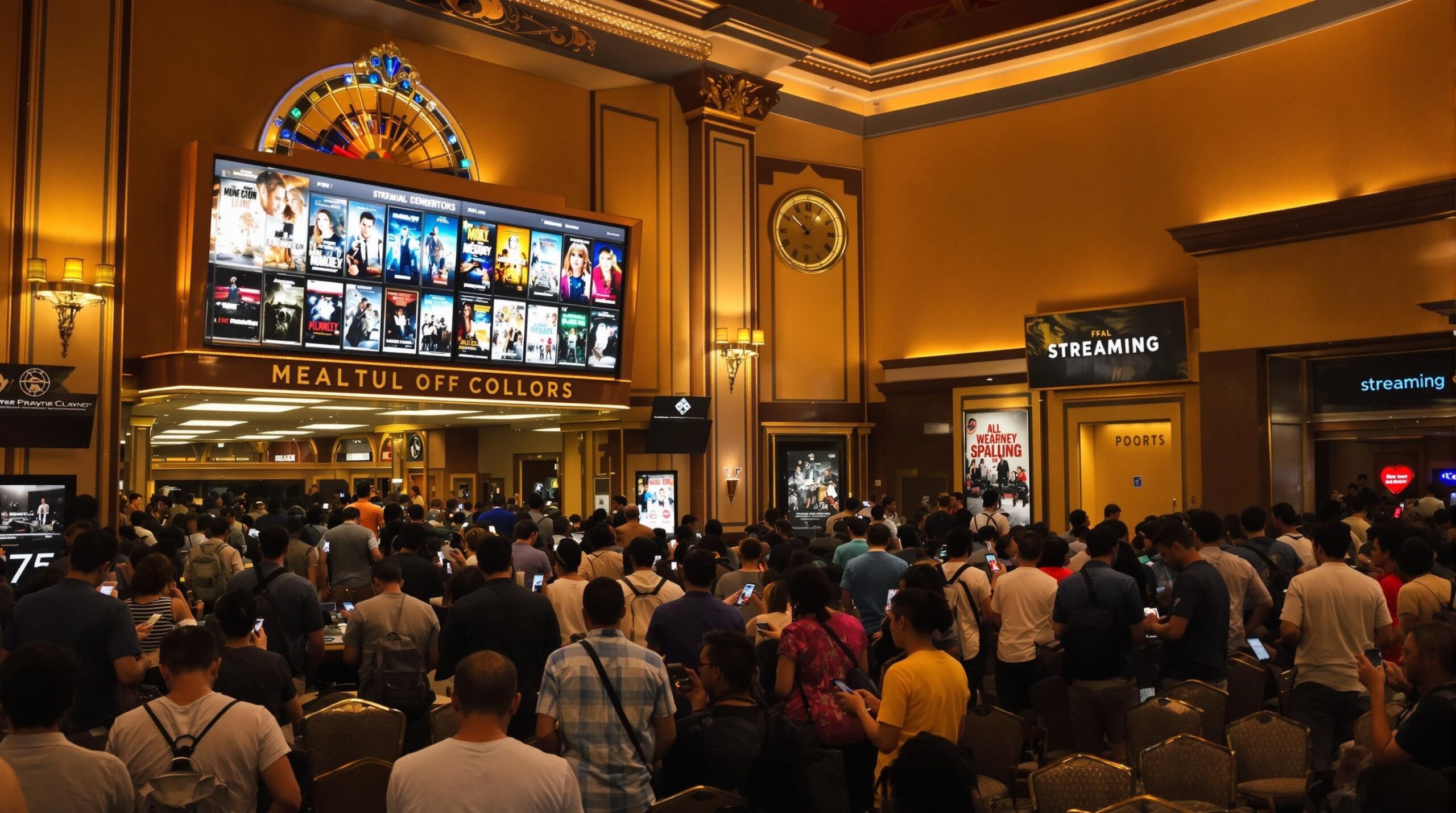The movie industry has undergone significant changes in recent years. Streaming services have emerged as a formidable force, revolutionizing entertainment consumption. This shift has influenced traditional movie theaters, altering their operation dynamics and audience engagement strategies.
Evolution of Streaming Services
Streaming services like Netflix, Hulu, and Amazon Prime have transformed the entertainment landscape. They offer convenient, at-home viewing experiences. This shift began in earnest around 2007, when Netflix transitioned from a DVD rental model to streaming. Over time, audiences have increasingly favored instant access to vast content libraries, bypassing theaters altogether. Simplicity and affordability are significant attractions of streaming services. They allow viewers to choose when and what to watch without leaving the comfort of their homes.
Declining Movie Theater Attendance
Traditional movie theaters have faced dwindling attendance under the pressure of streaming services. The convenience and cost-effectiveness of streaming contribute to this decline. Furthermore, the COVID-19 pandemic accelerated the trend. Lockdowns and health concerns prompted viewers to turn to digital platforms more than ever. This shift has been damaging to theaters. On one hand, fewer ticket sales result in decreased revenues. On the other hand, operational costs for theaters remain constant or even rise.
Financial Challenges for Movie Theaters
Movie theaters also face substantial financial challenges. Maintenance of high-quality facilities to attract audiences continues to demand significant investment. Despite these efforts, foot traffic consistently diminishes. Concession sales, a critical revenue stream for theaters, also take a hit. Fewer viewers translate to fewer purchases of snacks and beverages. This trend forces theaters to rethink pricing strategies and promotional offers. Meanwhile, streaming platforms continue to provide cheaper alternatives, increasing competition.
Advantages of Streaming Services: Convenience and Diversity
Streaming services offer unparalleled convenience and content diversity. They enable consumers to watch movies anywhere, anytime, and on multiple devices. Moreover, they frequently release exclusive content, drawing audiences away from theaters. The diversity of genres and international titles available caters to varied preferences. This broad appeal attracts a wider audience, often outmatching theaters’ offerings. In addition, subscription pricing models allow unlimited access to content, trumping individual ticket costs in theaters.
Shifts in Movie Distribution and Production
Streaming services have prompted a fundamental shift in movie distribution and production. Many studios now release films directly on streaming platforms. This tactic bypasses traditional theater releases, sometimes opting for a simultaneous release. It allows producers to reach global audiences swiftly, cutting distribution costs significantly. Streaming platforms have also become major players in content creation. Original movies and series developed by platforms like Netflix and Amazon Premier attract critical acclaim and awards.
Revamping the Movie Theater Experience
In response to declining attendance, theaters strive to revamp the movie-going experience. They focus on delivering unique, immersive experiences that streaming services cannot replicate. Innovations in technology, such as IMAX and 4D experiences, aim to entice viewers back to theaters. Additionally, movie theaters enhance amenities, like luxury seating and gourmet food options. Some theaters are experimenting with loyalty programs and special events to attract and retain audiences. These efforts seek to create a distinctive entertainment experience that justifies the ticket price.
Strategic Collaborations and Hybrid Models
Theaters and streaming platforms increasingly collaborate, acknowledging the mutual benefits of such partnerships. Some blockbuster movies now follow a hybrid model, releasing simultaneously in theaters and on streaming services. This model accommodates audience preferences, allowing viewers to choose their preferred platform. Such collaborations can help theaters recover some lost traction. Additionally, theaters leverage digital platforms to extend their reach and offer virtual screenings.
Conclusion: The Future of Movie Theaters
The impact of streaming services on traditional movie theaters is profound. Streaming has permanently altered consumer preferences and industry dynamics. Nevertheless, the future of theaters remains hopeful. By innovating and collaborating, theaters can survive and potentially thrive in this new landscape. Their challenge lies in continuing to offer something unique that captivates audiences beyond what home streaming can provide. It’s a time of change and opportunity, and those who adapt may still enjoy success in an evolving industry.


